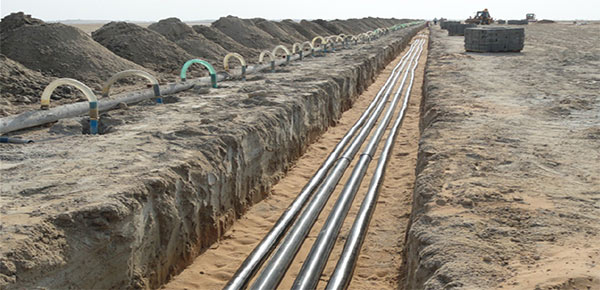| Underground Cable Thermal Analysis – Case Study by Eng. Chulanga Niriella and Eng. Nadeera Wijesinghe |
| |
| |
|
|
 |
|
The use of underground cables for the purpose of distribution and transmission of electricity has been rapidly increased in the past decades throughout the world specially in the urban areas. With this development electrical related authorities are interested in knowing the maximum possible power that can be transmitted via an underground cable to optimize the use of the cable. This arises the question at what ampacity the cable reaches its maximum possible operating temperature. The Ampacity is the Current Carrying Capacity (CCC) of the Cable, a term which was first used by Del Mar in 1951.
|
| |
|
If the temperature is exceeded the maximum allowable limit, the reliability of the cable will reduce and also may risk of having a premature permanent failure. The maximum temperature which a cable can withstand is defined by the type of the insulation the cable is having. Determination of the safe conditions for the cable which is buried becomes a significant factor in a gulf country like United Arab of Emirates or State of Qatar where the ambient air temperature rises up to 500C during the summer which leads to a soil temperature of 40 Deg. C. In addition, that soil in this region is at a relatively higher dry state (low moisture content) which affects a higher thermal resistance, resulting lower CCC.
 |
| Actual Underground Cable Laying in a construction site. (Image Courtesy of /www.ep-entel.com) |
|
| |
| Download the full article here |
|
 |
| |
| "All Council Members can be contacted via email or phone by first login as a member to MyIESL and then acceding the Council Directory. It is also possible to communicate your concerns from anywhere in the world by posting them to the Forum - Meet The President and Council from the Forum page" |
| |
|